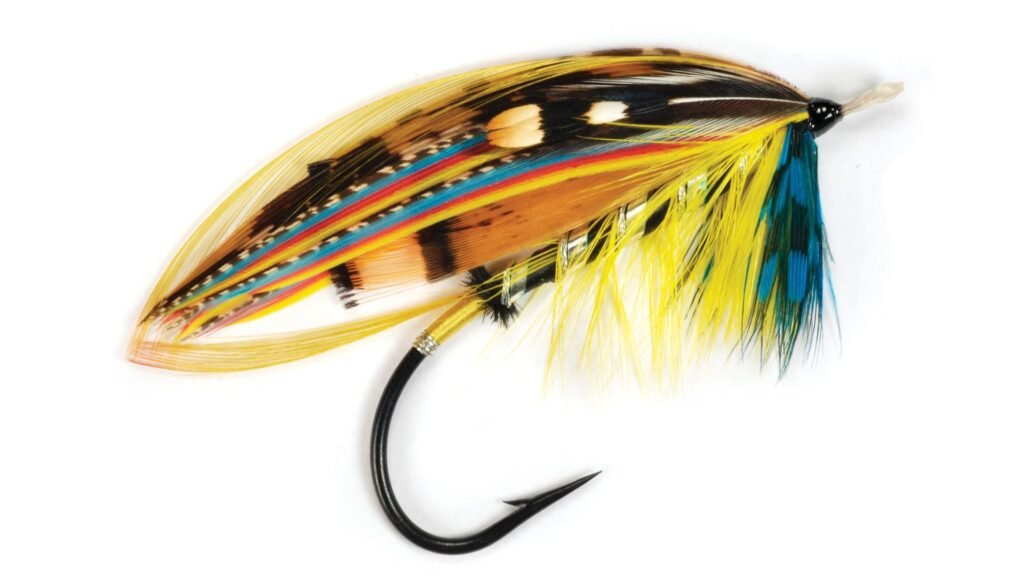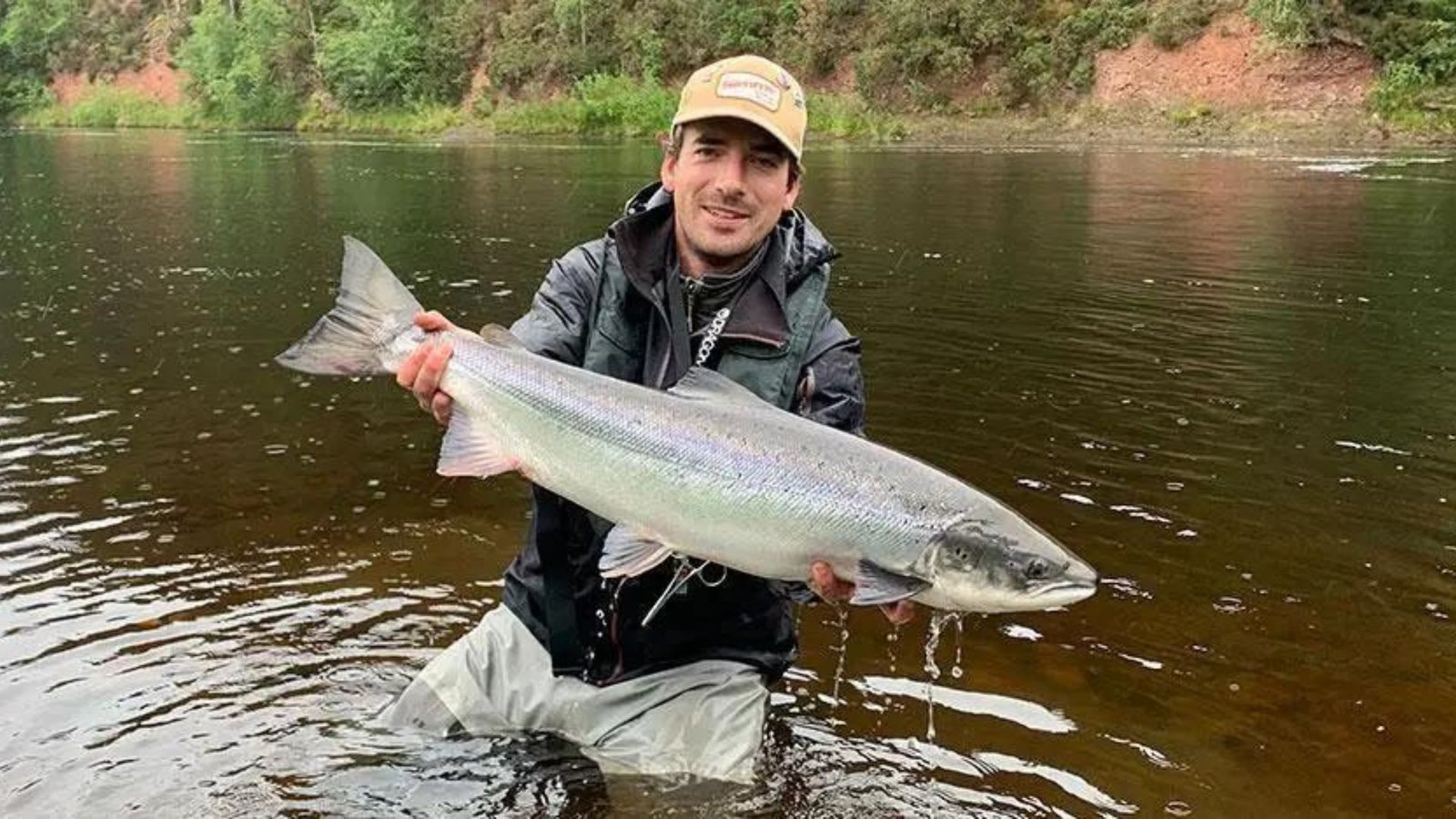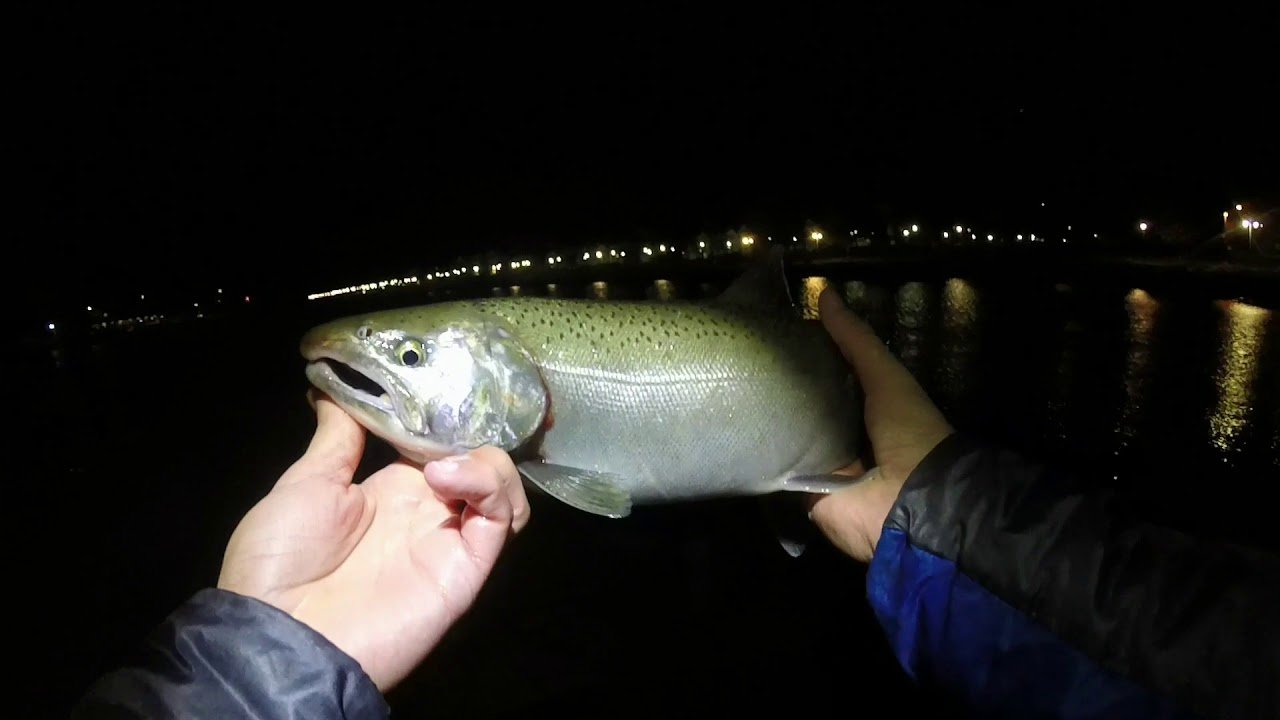Writing about salmon fly fishing involves capturing the essence of the sport while providing valuable information and engaging the reader’s interest. Here’s a guide on how to write about salmon fly fishing:

How to Write About Salmon Fly Fishing
Introduction to Salmon Fly Fishing
Begin by introducing salmon fly fishing as a sport and hobby. Explain what it involves—using artificial flies to catch salmon in rivers, streams, and sometimes lakes. Mention its popularity among anglers worldwide and its historical significance.
Describe the Gear and Equipment
Detail the essential gear needed for salmon fly fishing:
- Rods and Reels: Describe the types of rods (e.g., single-handed or double-handed spey rods) and reels suitable for salmon fishing.
- Lines and Leaders: Explain the importance of choosing appropriate fly lines and leaders based on fishing conditions and salmon species.
- Flies: Discuss the variety of flies used, such as traditional patterns like the Green Highlander or modern variations designed to imitate specific salmon prey.
Discuss Fishing Techniques
Outline the primary techniques used in salmon fly fishing:
- Casting: Explain different casting techniques, including overhead casting and spey casting, and when each is most effective.
- Presentation: Describe how to present flies effectively to salmon, considering factors like current speed, depth, and the behavior of the fish.
Seasonal Considerations
Highlight the importance of seasons in salmon fly fishing:
- Spring: Discuss the fresh runs of salmon and optimal water conditions.
- Summer: Explain the abundance of salmon runs and extended daylight hours.
- Fall/Autumn: Describe the spawning runs and the changing tactics as water temperatures cool.
- Winter: Mention winter steelhead runs and the challenges and rewards of fishing in colder months.
Location and Habitat
Provide insights into prime locations and habitats for salmon fly fishing:
- Rivers and Streams: Discuss renowned salmon fishing rivers and streams worldwide.
- Lakes and Estuaries: Mention opportunities for lake fishing and where rivers meet the sea (estuaries).
Tips for Success
Offer practical tips to enhance the reader’s fishing experience:
- Observation: Encourage observing water conditions and fish behavior.
- Patience and Persistence: Emphasize the importance of perseverance in salmon fly fishing.
- Conservation: Stress the significance of catch-and-release practices and respecting fishing regulations.
Personal Experiences and Stories
Share anecdotes or experiences related to salmon fly fishing to make the content more relatable and engaging.
Example Opening Paragraph:
“Salmon fly fishing embodies the thrill of chasing powerful fish in their natural habitats, using skill and strategy to lure them with carefully crafted artificial flies. From the pristine rivers of Alaska to the rugged coasts of Scotland, this age-old pursuit captivates anglers worldwide with its challenges and rewards.”
Writing about salmon fly fishing should blend technical information with storytelling and practical advice to create a compelling and informative piece for fishing enthusiasts.
Conclusion
Summarize the key aspects of salmon fly fishing discussed in the article and leave the reader with a sense of enthusiasm and anticipation for their next fishing adventure.




